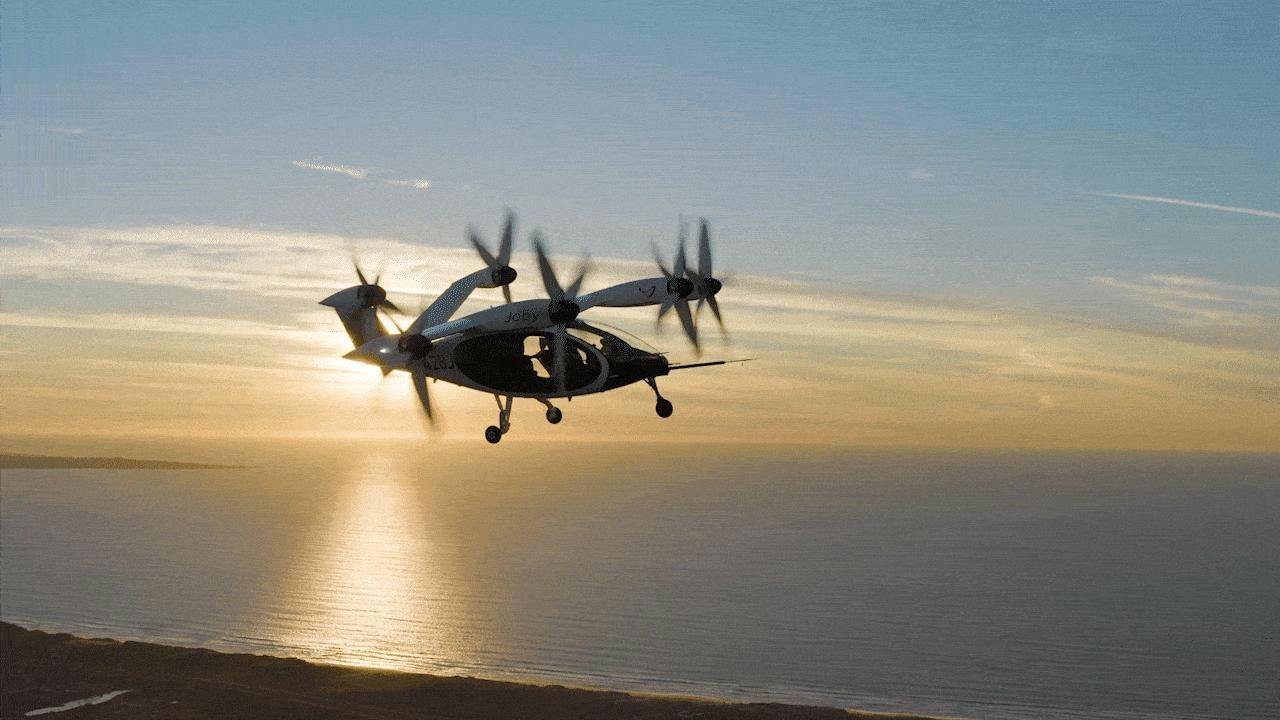
AeroGenie — Uw intelligente copiloot.
Trending
Categories
Why the C-17 Globemaster Was Designed with Four Engines
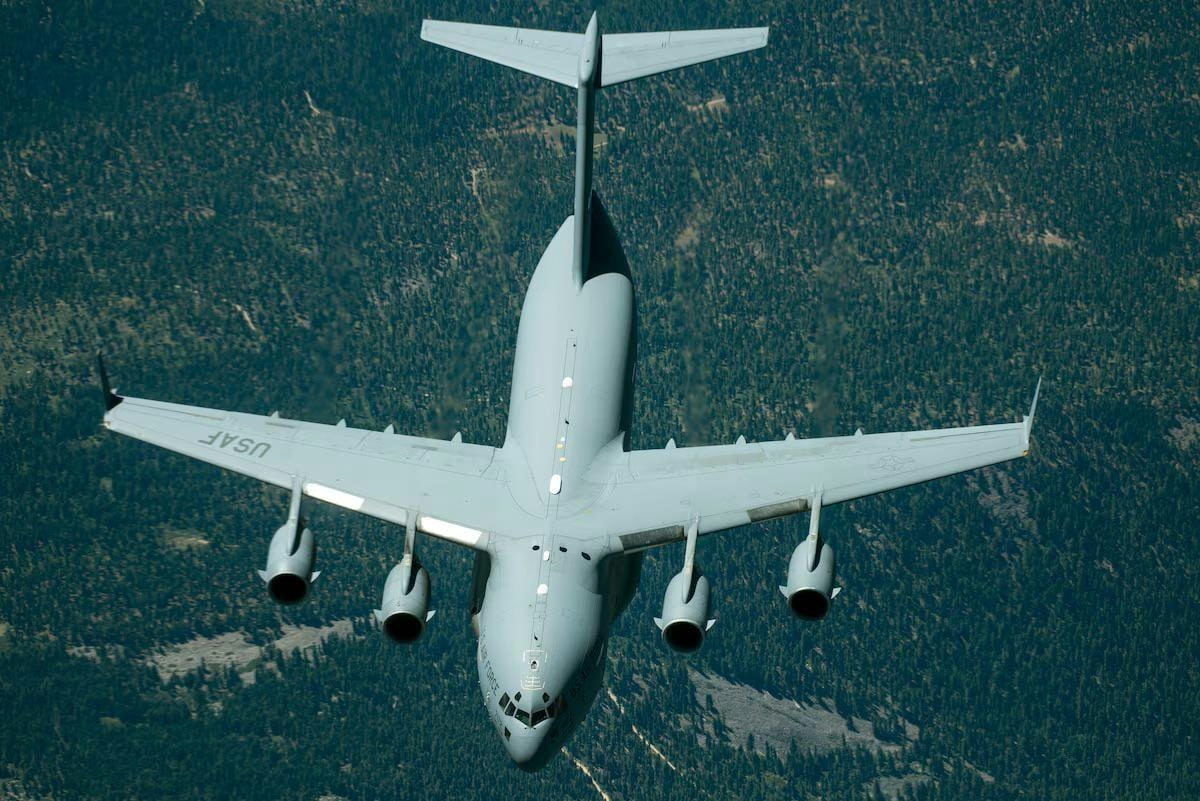
Why the C-17 Globemaster Was Designed with Four Engines
The McDonnell Douglas C-17 Globemaster III was deliberately equipped with four engines to meet a complex set of technical, operational, and strategic requirements defined by the United States Air Force (USAF). Developed during the 1980s and 1990s to replace the aging C-141 Starlifter and complement the larger C-5 Galaxy, the C-17 was designed to fulfill a demanding mission profile. It needed to transport substantial payloads across intercontinental distances while maintaining the capability to operate from short and sometimes unprepared runways.
The Necessity of Four Engines
Central to the C-17’s design is its ability to carry up to 170,900 pounds (77,519 kilograms) of cargo, including heavy military vehicles such as the M1 Abrams tank, while taking off from runways as short as 3,500 feet. Achieving this required considerable thrust, which was provided by four Pratt & Whitney F117-PW-100 turbofan engines, each delivering approximately 40,440 pounds of thrust. This configuration ensured the aircraft could meet its demanding payload and performance criteria.
Beyond raw power, redundancy played a crucial role in the decision to use four engines. Operating in combat zones or remote areas presents a significant risk of engine failure. The four-engine setup allows the C-17 to continue flying safely even if one engine fails, thereby ensuring mission completion and safe return of the crew. This reliability is vital when operating in austere environments where immediate mechanical support may be unavailable.
Continuity of Proven Design Principles
The choice of a four-engine layout was consistent with established USAF heavy transport design philosophies. Predecessors such as the C-141 Starlifter and the C-124 Globemaster II also employed four engines to balance power, redundancy, and operational flexibility. The C-17 built upon this foundation by integrating modern high-bypass turbofan technology, which enhanced both fuel efficiency and overall performance without sacrificing reliability.
Operational Benefits Versus Costs
While the four-engine design offers clear operational advantages, it also introduces challenges, particularly in terms of maintenance. Servicing four engines is inherently more costly and labor-intensive than maintaining two, representing a significant financial consideration for the Air Force. Nevertheless, the C-17’s versatility and dependability have been widely acknowledged within the defense aviation community. Its capacity to transport large and varied cargo loads under demanding conditions has cemented its reputation as a reliable workhorse.
Impact on the Military Transport Market
The robust design of the C-17 has established a high benchmark in the military airlift sector. Although some competitors have pursued twin-engine configurations to reduce operational costs, the C-17’s proven reliability and operational flexibility have maintained its leading position. Recent evaluations of other aircraft, such as the KC-46, have underscored ongoing concerns regarding reliability in alternative designs, further highlighting the enduring value of the C-17’s four-engine approach.
The decision to equip the C-17 Globemaster III with four engines was fundamentally driven by the need to maximize payload capacity, ensure operational reliability, and provide mission flexibility. Despite the higher maintenance costs associated with this configuration, it remains integral to the aircraft’s success in meeting the rigorous demands of modern military airlift operations.
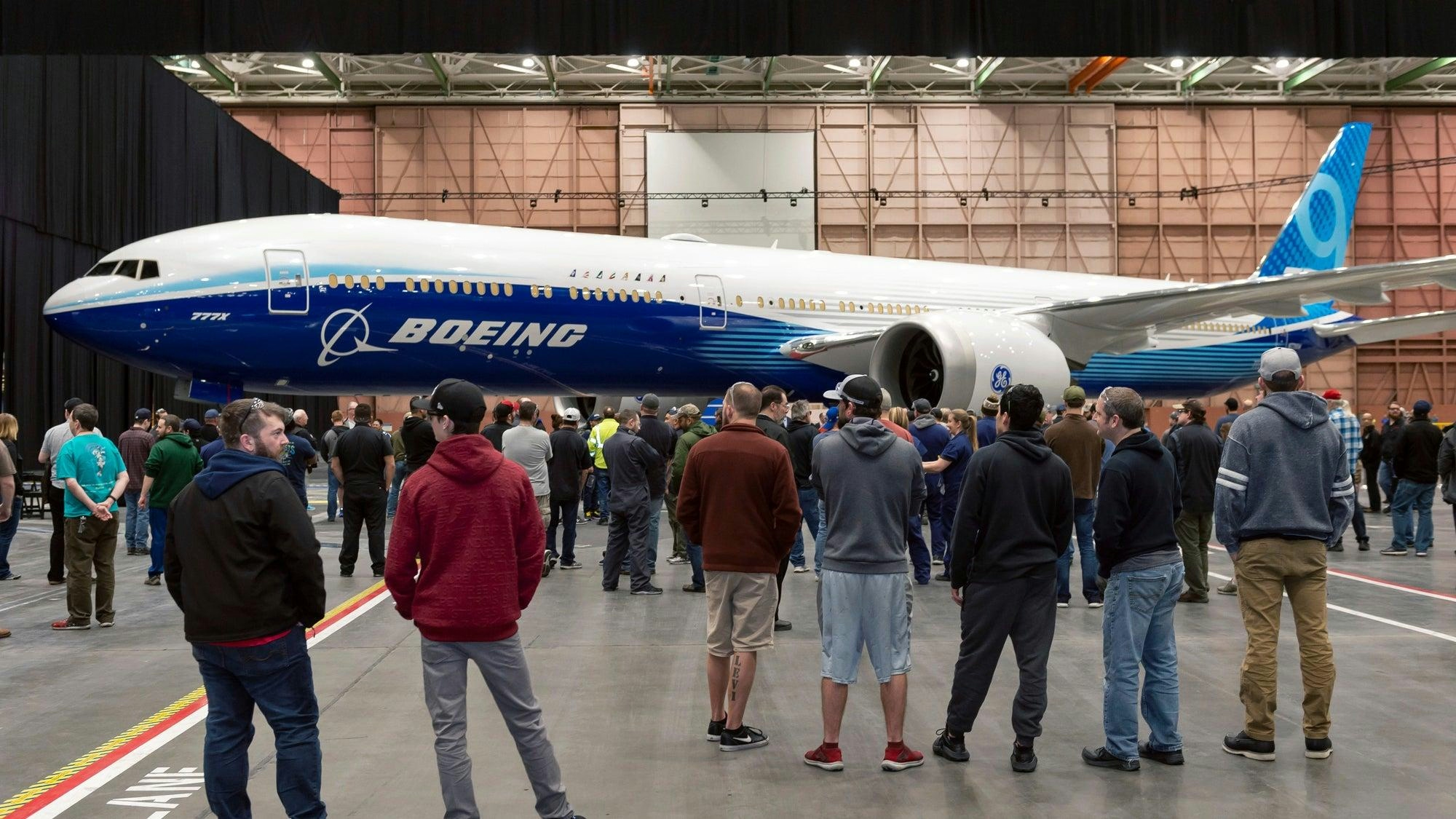
Why the Boeing 777X Is Limited to a Single Engine Type
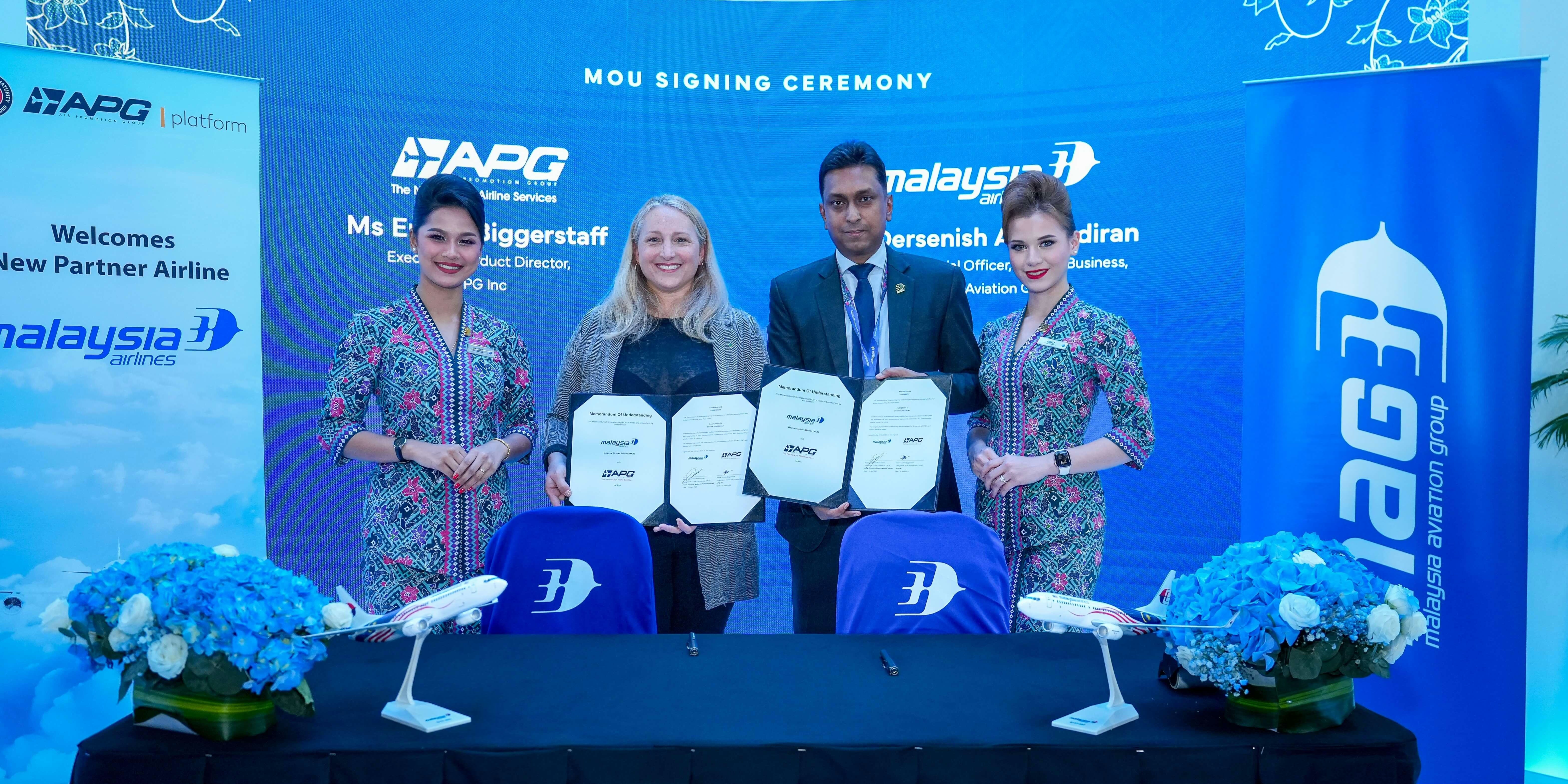
Malaysia Aviation Group Announces Long-Term Business Plan
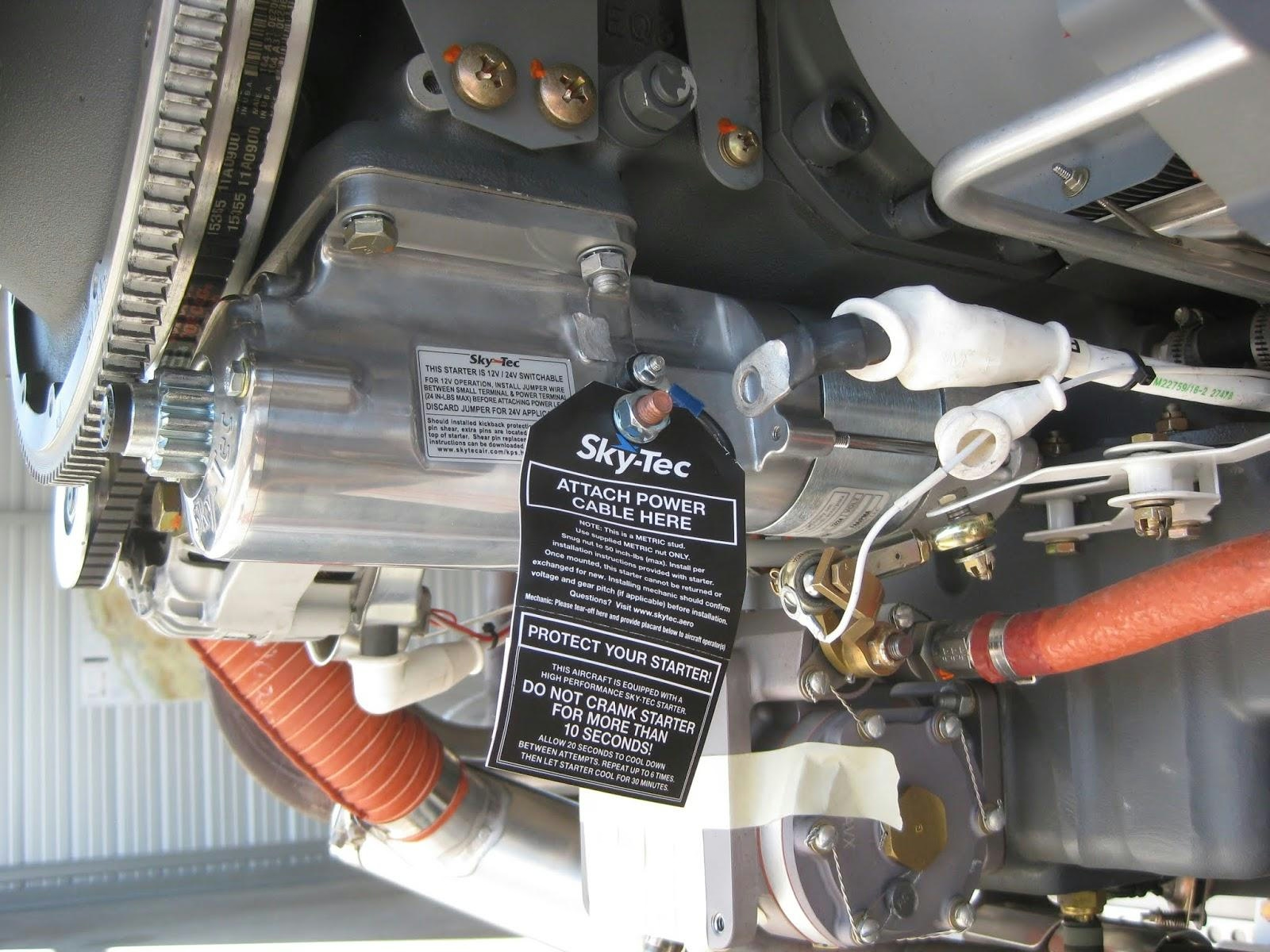
Hartzell Launches Sky-Tec Starter Line
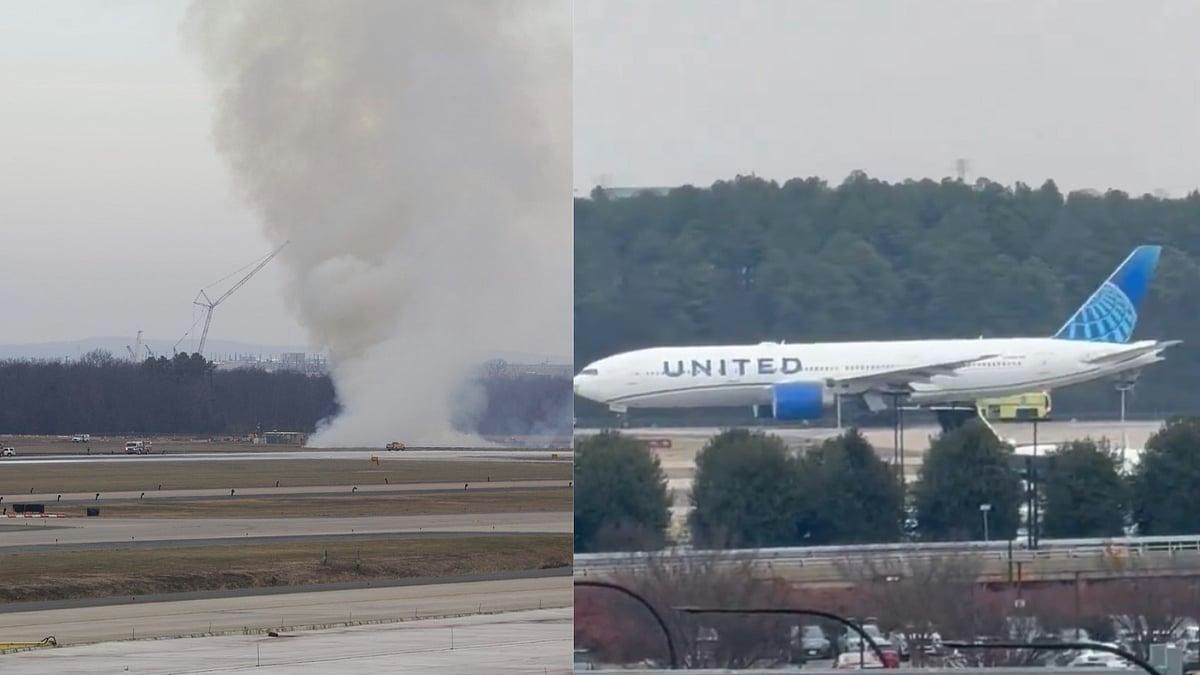
Boeing 777 Engine Failure Reported at Dulles Airport
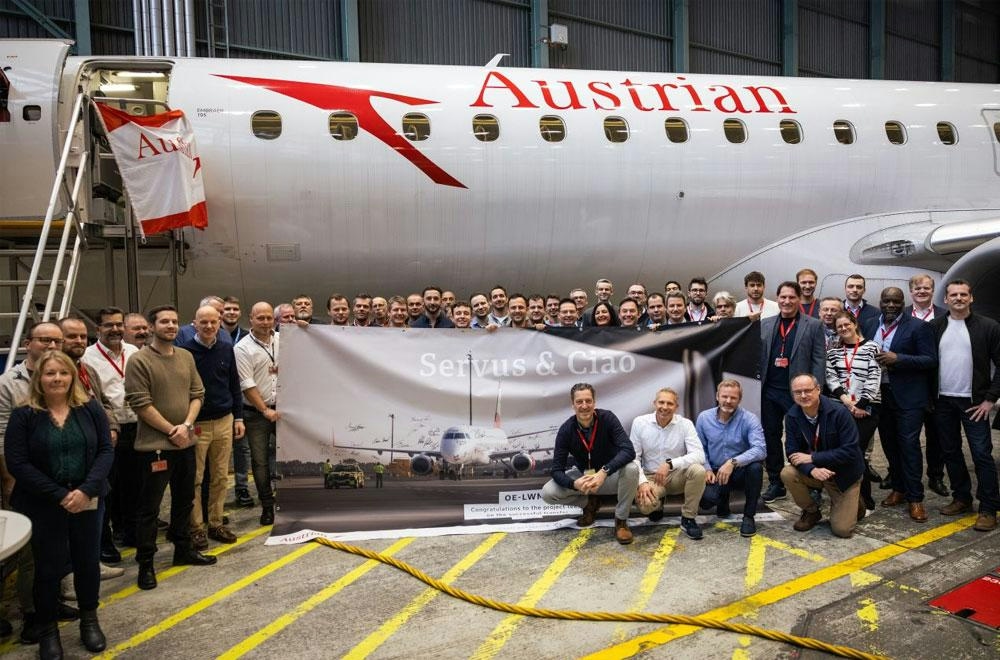
Austrian Airlines Transfers Embraer Fleet to Air Dolomiti
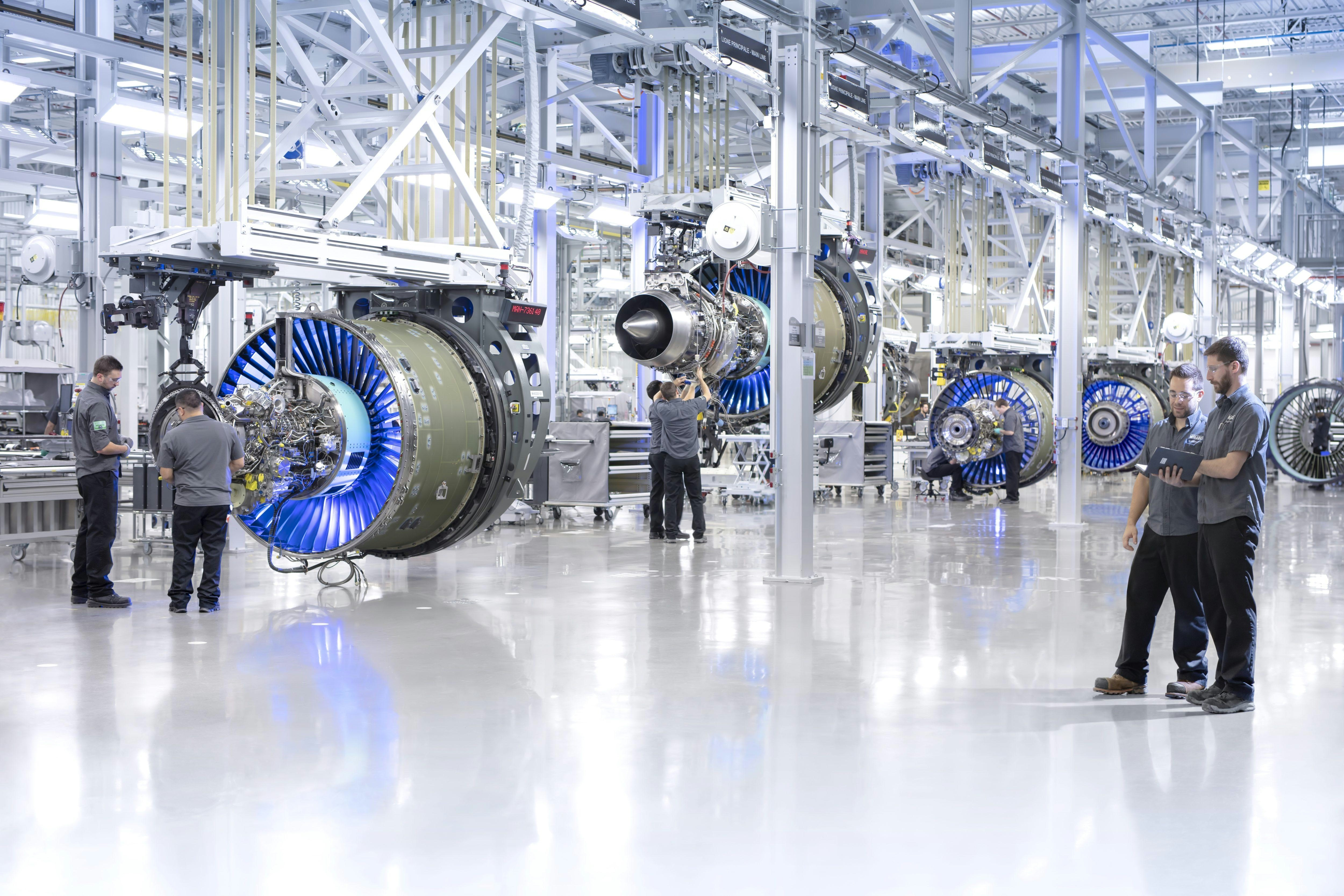
Airbus and Ingenium Open Aerospace Innovation Lab in Ottawa
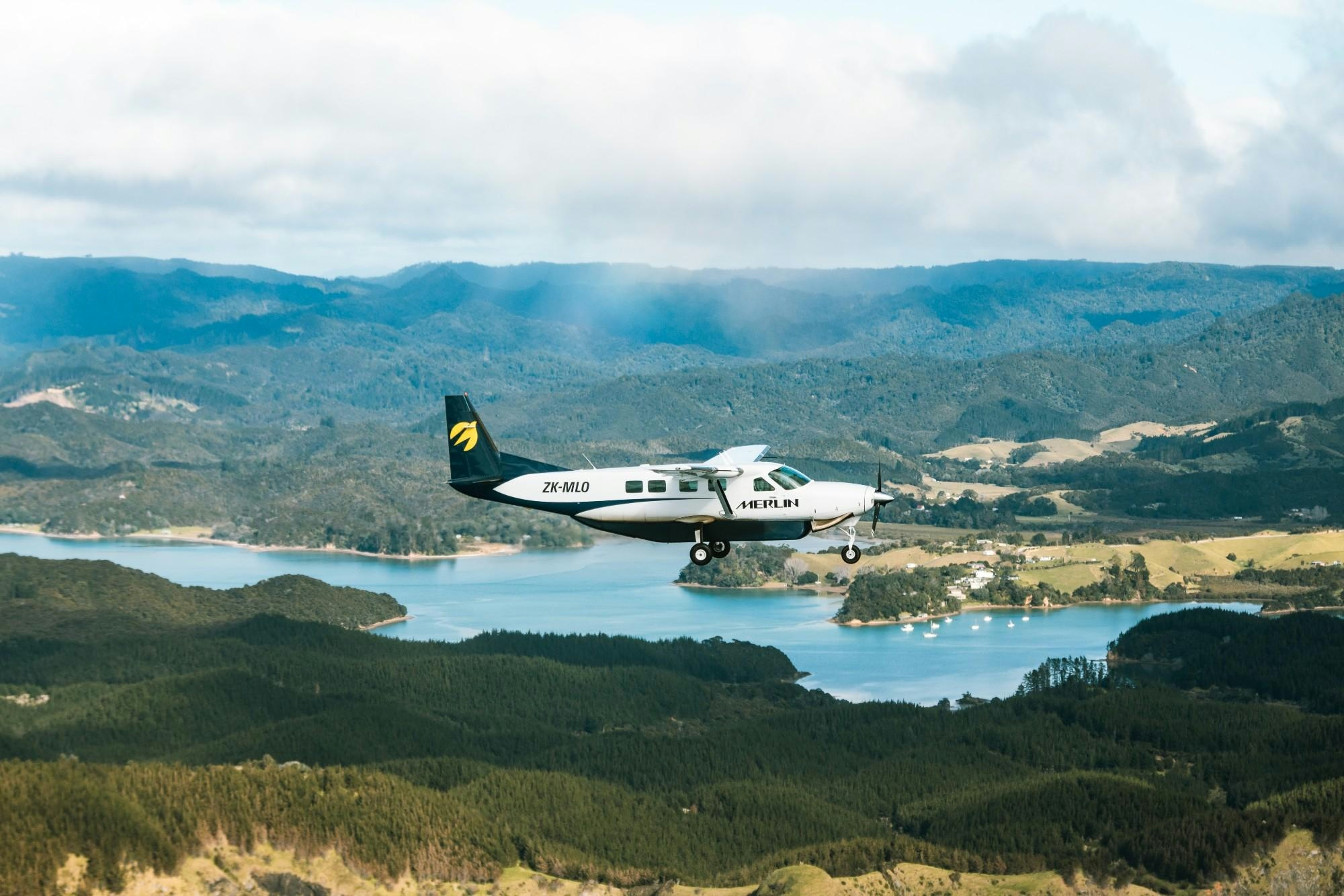
Merlin Labs: AI Aviation Company with SPAC Downside Protection
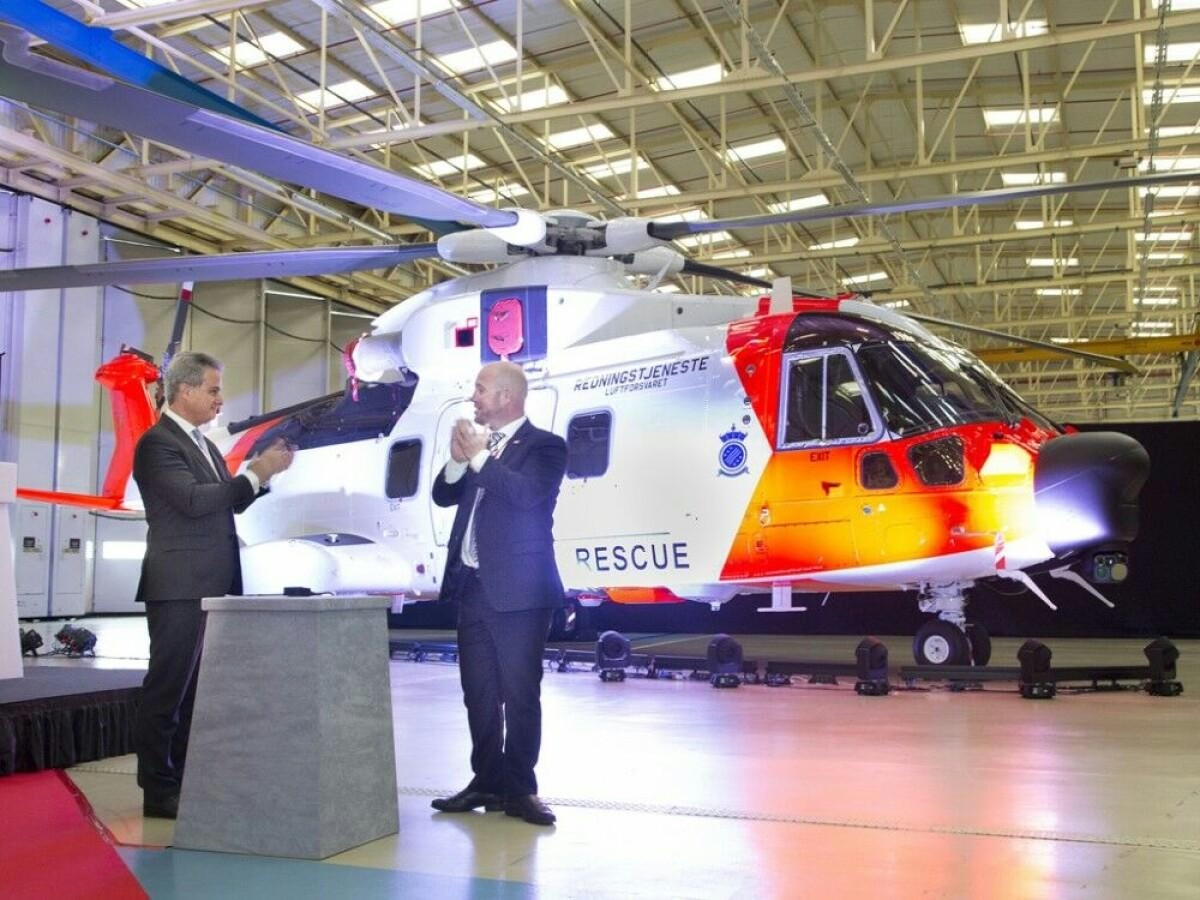
Heli-One Extends AW101 Search and Rescue Support in Norway

Falko Completes First Aircraft Sale in Japan
